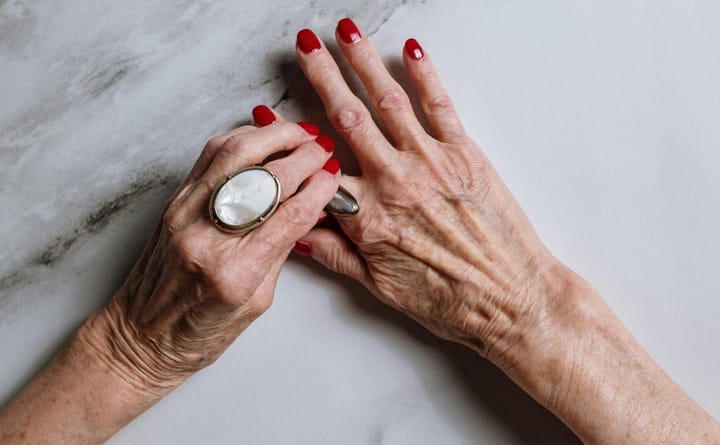The Relationship Orientation Spectrum
What is the relationship orientation spectrum and how is it useful?

The perception that there is only one way to do monogamy is overly-simplified, and it is perpetuated by mononormativity - or the cultural bias that privileges monogamy and leads people to believe that it is the "right" way to do relationships.
Unfortunately, this over-simplification is harmful to those who want to pursue monogamous relationships because people are not taught to interrogate the different approaches to monogamy to understand what is right for them.
Interestingly, in non-monogamies, there can be the opposite problem: there are so many different approaches it can feel overwhelming to understand the nuances of them all and land on an identification.
I created the Relationship Orientation Spectrum to help folks navigate the approaches to all relationship types. On the far left, is the most monogamous. "Most monogamous" requires a definitional standard that relies on the four different types of monogamy (Michaels & Johnson, 2015; Designer Relationships:
- Sexual - a relationship that is sexually exclusive; however, “exclusive” means different things to different people
- Emotional - to love and to engage in deep emotional experiences with only one other person
- Social - the person who you hang out with most of the time
- Practical - domestic behavior, the person with whom you live and share finances
For example, on the far left of the spectrum is BDSM ownership, which is the most strict when considering all four of these types of monogamy. Now, it is important for me to note here that there are some BDSM ownership relationships that are polyamorous, which does muddy the water. This is why it is important to view the Relationship Orientation Spectrum as a tool, and not as a definitive model that applies to all relationships.
On the far right of the spectrum, I have listed Relationship Anarchy. For some who practice this relationship type, they are the most flexible when it comes to the types of monogamy.
Remember, our worldview is still one that privileges monogamy, so using this as a starting point can help people understand differences.
I have listed other relationship orientations on the spectrum as they are influenced by the types of monogamy. Swingers often have high levels of emotional, practical, and social monogamy, but deviate from sexual monogamy. Due to the high representation of three types, they are closer to the monogamous side. Polyamory, on the other hand, usually has varying levels of practical and social monogamy, but tend toward deviating from monogamy sexually and emotionally. This puts polyamory closer to the pure non-monogamy side of the spectrum.
One way this tool can be used is to consider where you fall on it, and ask your important people where they fall. You might also interrogate friends, rather than only romantic partners to see how platonic intimacy might be influenced by these perspectives.
Please know that this is not meant to be definitive, and you might disagree. Great! That means you are thinking about your experiences and how they might differ. I encourage that thought.
To encourage thought deviation, I often wonder what it would be like without mononormativity. Then the spectrum might look more like an axes - the x axis being relationship orientation and the y axis being romantic orientation (or any other imagined orientation). How might we grow to understand ourselves better when we start seeing relationship dimensions rather than looking through the monogamous lens?
In curiosity,
Dr. S. Kay Webb
P.S. Have any questions you would like me to address? Shoot me an email and let me know.


